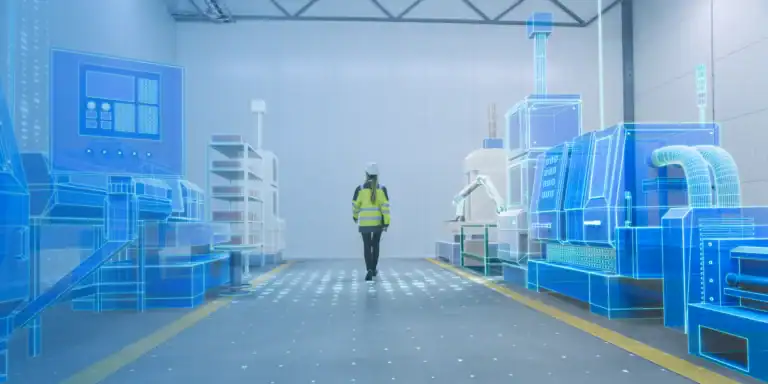Smart communities are centres of capability equipped with advanced technologies that can solve real, human problems. So, the question for any smart community starting out is, ‘what problems do we want to solve?’
The answer will be different from one location to the next because the priorities of each community are distinct. If downtown parking spots are scarce, one community might develop a real-time app to help drivers find open spaces more easily. Another may take a bigger-picture view and use smart applications to track traffic flows, gathering insights for data-driven planning decisions that will ultimately reduce traffic and related carbon emissions. For each community, the key is to focus on the right problems to solve, on the right scale.
Stay focused on people
It’s easy for communities to focus only on the physical aspects of the digitalisation needed to ensure people have access to apps and data everywhere. After all, a community can’t become ‘smart’ without the proper fibre cables, sensors and other infrastructure. However, it’s just as important to focus on how that infrastructure can be leveraged to achieve long-term goals and what it means to people.
English architect Cedric Price (1934–2003) gained notoriety for believing his craft shouldn’t just be about building buildings, but also about bringing people together. In a 1966 lecture, he asked, “Technology is the answer, but what was the question?” to get his audience thinking about how technology should be incorporated into projects for beneficial reasons, not just because it’s conveniently available. That thought remains relevant for community builders today.
Smart communities should use technologies to make people’s lives better through a more person-focused digital experience. For example, a person’s commute to work might involve using a mobile app to book an e-scooter, riding that e-scooter to the train station (checking an app in advance to see if the train will be on time), then taking the train to their office. It’s about seamlessly integrating digital connectivity into people’s everyday physical lives, without them having to think about the underlying infrastructure required to make it happen.
The applications are empowering
As smart communities evolve, they have the ability to connect municipal departments and services together to create one integrated picture of a community — and maybe even save lives. To use an every-day big city example, consider how a smart community might respond to a car crash; the local utility service, emergency service and transit service would all have access to the same information in real time so they can act immediately.
Smart technology is already being used to track water levels in communities such as London, where organisations use sensors to monitor the Thames River and, if it begins to rise dangerously high, send flood warning messages to people living in the affected boroughs. These kinds of early warning systems empower citizens, can help minimise the impacts of natural disasters before they occur, and give emergency workers the ability to mobilise sooner.
Realising the potential requires smart partnerships
To take advantage of connectivity’s full potential, smart communities need specialised partners. For instance, the high levels of interoperability required across systems and services demands the integration of data from many different sources. That necessitates collaboration between the public and private sectors.
A notable example of this kind of collaboration in action is Sunderland City Council, UK, which recently signed a 20-year partnership with BAI Communications to design, build and operate a private 5G small cell network. Sunderland is embracing the smart city concept by investing in programs and infrastructure to address urban challenges such as transportation, housing, health care and demographic growth. The city has brought together experts from academia, business and government to discuss its priorities and how smart technology can transform the community, looking 20 years into the future and beyond. This kind of forward-thinking aligns with BAI Communications’ vision of working with customers and governments to design and expand networks that make cities better places to live and work.
The freedom to take action
While collaboration is important, to create smart communities, municipalities also need the autonomy to take action — to try new ideas and experiment with new technologies. Those that have the ability to do so have outpaced those that are under strict government controls.






